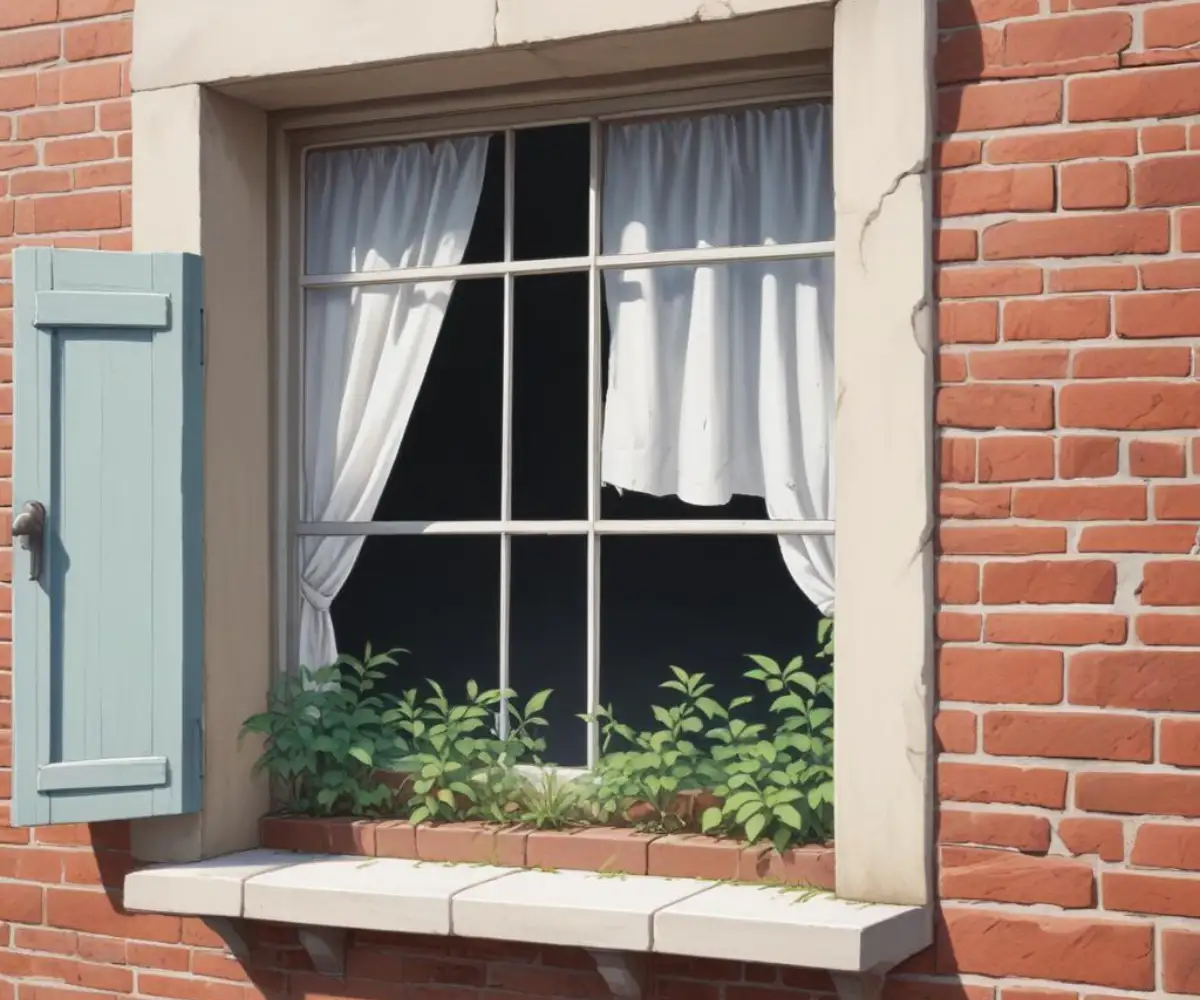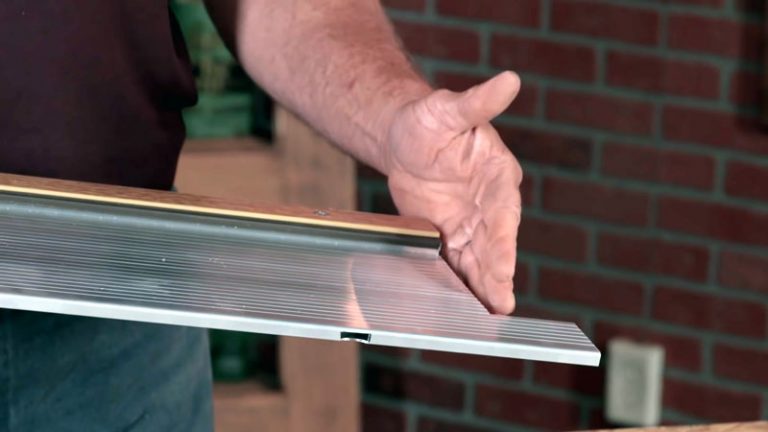Glass Block Window Replacement: Unlock Natural Light & Fresh Air
Do you have a glass block window that feels more like a relic than a feature? Popular decades ago for their privacy and unique look, many homeowners now find them to be a frustrating source of problems. They offer zero ventilation, often look dated, and can contribute to a dark, stuffy atmosphere in rooms that desperately need light and air.
The core issue is that glass block windows are static; they don’t open, they block views, and their aesthetic can feel heavy and outdated in a modern home. If you’re tired of a bathroom that never airs out or a basement that feels disconnected from the outdoors, you’re facing a common design dilemma. The good news is, you are not stuck with it.
You'll Learn About
Why That Glass Block Window Has to Go
While glass blocks were once installed for security and privacy, their drawbacks often outweigh their benefits in today’s homes. Understanding these limitations is the first step toward realizing the incredible potential that lies just on the other side of a replacement project.
The Problem with Zero Ventilation
Perhaps the single biggest complaint about glass block windows is their complete lack of airflow. This is especially problematic in areas like bathrooms, where moisture from showers can lead to mildew and poor air quality. A window that can’t open does little to help create a fresh, healthy environment.
Outdated Style and Blocked Views
Let’s face it: the wavy, distorted view through a glass block window isn’t for everyone. While it provides privacy, it also completely obstructs any potential view, making a room feel closed-in and disconnected from the outdoors. This can make even a large room feel smaller and more confined.
Concerns About Energy Efficiency
While thick glass blocks offer some insulation, many older installations are not as energy-efficient as modern double-pane windows. The mortar joints between the blocks can also fail over time, creating tiny gaps for air leakage that can drive up your energy bills.

The Transformation: Benefits of a Modern Replacement Window
Swapping out that old glass block for a modern, operable window is one of the most impactful upgrades you can make. It’s a project that doesn’t just change a wall; it transforms the entire feel and function of your living space for the better.
Embrace Natural Light and Clear Views
The most immediate change you’ll notice is the flood of clear, natural light. A standard window with a clear pane instantly brightens a room and connects your indoor space with the outside world. This can make a cramped bathroom feel spa-like or a dim basement feel like a true extension of your home.
Enjoy Fresh Air on Demand
Imagine being able to open your bathroom window after a hot shower to let the steam out. An operable window, such as a casement or sliding window, provides superior ventilation that glass blocks simply cannot offer. This improved airflow is crucial for reducing humidity and maintaining good indoor air quality.
Boost Your Home’s Energy Efficiency
Today’s replacement windows are engineered for thermal performance. Features like double or triple-pane glass, low-E coatings, and argon gas fills mean your new window will provide far better insulation than an old glass block installation. This translates directly to a more comfortable home and lower energy bills year-round.
Increase Curb Appeal and Property Value
Replacing an outdated feature with a sleek, modern window enhances both the interior and exterior look of your home. This upgrade is a smart investment, as new windows are a highly desirable feature for potential homebuyers, potentially increasing your property value.
DIY vs. Hiring a Professional: Making the Right Choice
Replacing a glass block window is a more involved project than a standard window replacement. Because the blocks are mortared directly into the wall, the removal process can be messy and requires a fair amount of force and precision. Deciding whether to tackle this yourself or hire a pro is a critical first step.
While a DIY approach can save money on labor, it comes with risks. The process involves carefully demolishing the blocks and mortar without damaging the surrounding wall structure, which can be particularly tricky in brick or masonry walls. For most homeowners, hiring a professional is the recommended route to ensure the job is done safely and correctly, preventing costly damage to your home.
| Factor | DIY Approach | Professional Installation |
|---|---|---|
| Cost | Lower initial cost (materials only) | Higher upfront cost (materials + labor) |
| Skill Level Required | High (demolition, framing, installation, waterproofing) | None (handled by experienced installers) |
| Time Commitment | Significant (can take a full weekend or more) | Fast and efficient (often completed in one day) |
| Tools Required | Sledgehammer, chisel, pry bar, level, saw, etc. | Professional-grade tools and equipment provided |
| Potential Risks | Damage to wall, improper sealing, structural issues | Insured against damage, professional warranty |
Your Step-by-Step Guide to Replacing a Glass Block Window
Whether you hire a pro or decide to do it yourself, understanding the process is key. This project is fundamentally about two major phases: the careful removal of the old window and the precise installation of the new one.
Phase 1: Removing the Glass Block
This is the most labor-intensive part of the job. The goal is to remove the blocks and all the old mortar to create a clean, stable opening for the new window.
1. Safety First: Before starting, it’s crucial to wear safety glasses, heavy-duty gloves, and a long-sleeved shirt. Breaking glass and mortar can send sharp debris flying.
2. The First Break: The process typically starts by using a hammer and chisel or even a small sledgehammer to carefully break the first block in the center of the window. Taping the blocks with duct tape beforehand can help contain shattered pieces.
3. Demolition and Cleanup: Once the first block is out, the rest can be removed one by one. The surrounding mortar needs to be chiseled or ground away from the edges of the opening. It’s important to be methodical and avoid damaging the surrounding brick or framing.
Phase 2: Installing the New Window
With the old glass block gone, you’re left with a rough opening. This space now needs to be prepped for a standard window frame, a step that is crucial for a weatherproof and secure fit.
Choosing Your New Window
You have several excellent options for replacing a glass block window, each offering different benefits.
– Casement Windows: Hinged on one side, these windows crank open outward, providing excellent, unobstructed ventilation. They are a popular choice for bathrooms and kitchens.
– Awning Windows: Hinged at the top, awning windows push out from the bottom. They are great for ventilation even during a light rain.
– Sliding Windows: These windows open horizontally and are a simple, cost-effective option that works well in many spaces, especially basements.
– Vinyl and Aluminum Frames: Materials like vinyl offer low maintenance and great value. If you ever need to learn how to fix holes in an aluminum window frame, it’s a manageable task that adds to the material’s longevity. Both are durable options for a replacement project.
Installation and Finishing
1. Prepare the Opening: This may involve building a wooden frame (buck) inside the masonry opening to create a square and level surface for the new window to mount to.
2. Set and Secure the Window: The new replacement window is placed into the prepared opening, checked for level and plumb, and then secured into place with screws. Shims are used to ensure a snug fit.
3. Insulate and Seal: This is a critical step for energy efficiency. Low-expansion spray foam insulation is applied in the gap between the window frame and the wall. On the exterior, a high-quality caulk is used to create a watertight seal that prevents drafts and moisture from getting in.
Breaking Down the Replacement Costs
The cost of replacing a glass block window can vary widely based on several factors. On average, homeowners can expect to pay anywhere from $700 to $2,500 or more for a professional installation.
Key factors influencing the price include the size of the window, the type and quality of the new window you choose, and the complexity of the removal and installation process. For instance, replacing a window in a solid brick wall will typically be more labor-intensive and therefore more expensive than in a standard framed wall. This kind of specialized work is different from more straightforward jobs like dealing with a sunroom curved glass replacement, which has its own unique challenges.
Frequently Asked Questions
Can any glass block window be replaced with a regular window?
Yes, in almost all cases, a glass block window can be removed and replaced with a modern, operable window. The key is to properly prepare the rough opening to accept a standard window frame, which a professional installer can easily handle.
Is this a good DIY project for a beginner?
Due to the demolition involved and the need for a precise, weatherproof installation, this project is generally recommended for those with intermediate to advanced DIY skills. Mistakes can lead to water damage or structural issues, so when in doubt, it’s best to hire a professional.
What is the best type of window to use as a replacement?
The best window type depends on the room and your needs. Casement and awning windows are fantastic for maximizing ventilation in bathrooms and kitchens. Sliding windows are a durable and economical choice for basements. It’s also an opportunity to think about other factors; for example, if you plan to use a window air conditioner, certain styles work better than others, which is a key consideration in our guide to air conditioner storm window replacement options.
Your Home Deserves the Upgrade
Replacing an old glass block window is more than just a simple repair; it’s a transformative upgrade that brings light, air, and modern style into your home. It solves the core problems of poor ventilation and an outdated look, replacing them with functionality and clear views.
By investing in this change, you’re not only improving your daily comfort but also enhancing your home’s overall value and appeal. It’s time to let the sunshine in and enjoy a fresher, brighter living space.

